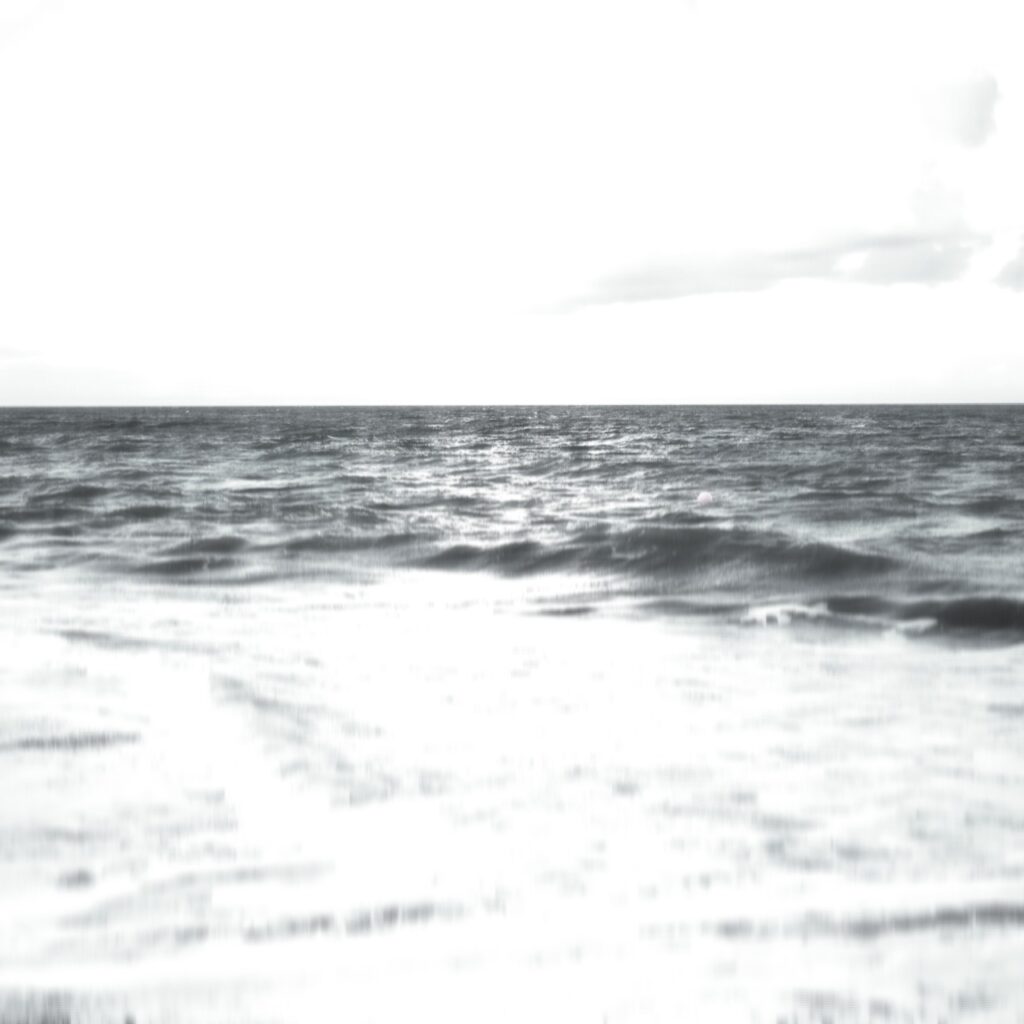
Dad Died Twice
by Laura Claridge
I recall him as mostly asleep after days of riding his postman’s bicycle under the Florida sun, delivering mail during those long, unremittingly hot Florida days. No wonder he fell to the cool terrazzo floor and lay there, more unconscious than just resting.
The tan mailman’s shirt and shorts had replaced his decorated Marine’s uniform. At nineteen he had gone to war in the Pacific and fought in the famous Battle of Saipan and on Iwo Jima. He came home with many medals, Bronze Stars and Purple Hearts—and a chrome plate in his head. My young, handsome father was grievously wounded, how wounded no one knew at first; but as time wore on, his brain injuries worsened instead of abating. We did not know then that he had begun to die. My dad, William Powell, was the first in our family’s series of serious brain injuries, and I have reason daily to think of him, and with regret.
Then they called his condition “shell shock.” And over the years the treatments became as painful as the original wounds.
It all started off in such patriotic glory:
In late 1943, as the war in the Pacific accelerated, my dad, homespun William Harney Powell II from the tiny town of Nocatee, Florida, was accepted by the United States Naval Academy, Annapolis, to help take down the enemy. He was beside himself and excited to enter the big league. His dream of becoming a naval officer seemed within reach.
Bad luck, however, followed my father the rest of his life. The series of disasters that would overtake him started mere weeks before his entrance. The Naval Academy realized that his birthday fell five days past the official admission date. My father was only nineteen but days too old for this round of admissions.
Devastated, he gave up his dreams and joined the Marines instead, where, after two bouts of malaria, Bill Powell was launched on his career. He intended to become a surgeon, he told his friends, and the medical books stacked in his bedroom in Bowling Green, Florida, until his death attest to that.
Instead of becoming a surgeon, he repeatedly became a seriously injured patient—not once, but four times as he fought in the Pacific, battling the Japanese. A cryptic telegram remains in the family archive, stating that my father was wounded but without further information. Can you imagine his distraught mother? Holding this telegram, not knowing how badly he was hurt? And what sort of wounds did he suffer? Was he forever crippled? Was he an amputee? Would he survive?
Now it is hard, even for those who were alive then, to recall how that war in the Pacific was regarded. We do know that it was the Japanese bombing of Pearl Harbor that brought the United States, which had been reluctant to engage, into World War II. It was Eleanor Roosevelt, the First Lady, who announced this on the radio, and the shock was felt throughout the country. Even so, the war in the Pacific was somehow never regarded as grievously as the war in Europe, where the Holocaust took place, and many bloody battles such as the Battle of the Bulge took place, and the Allies suffered thousands of lost young men in the D-Day invasion.
But the war in the Pacific, despite the balmy temperatures, turquoise seas, and islands with waving palm trees, was no idyll. It was also a horrendous series of battles, and my father caught the worst of it, wounded not once, but three times in four infamous “engagements,” including the bloody Battle of Saipan (often called the D-Day in the Pacific) and the ultimate struggle to seize Iwo Jima. His serious wounds were duly reported in the local papers.
It took more than thirty years for the war to kill him. He died disoriented and, they said, “of alcohol” in a VA hospital when he was only fifty-one. He had been committed there by his second wife, who could not tolerate his “shell shock” rants and rages, his incapacity to be the husband she wanted.
Yet he was kind to me, sent me regular funds for my college, and I am relieved that I visited him one last time at that VA hospital. He was a specter of his former handsome self. We found little to say, but he smiled, examining my face as if to memorize it. We hugged, though barely touching, whether because of his IV or our lifetime reticence to get close to each other.
“Dad, I promise to stay in touch,” I said as I silently pledged to get there often. “You might even get better soon and come visit me.”
I looked at him in his bed—his face seemed covered with a kind of glaze, a sign that he was already separating from this life. Before I left him, I closed that long distance between us and kissed him goodbye.
THE END
Laura Claridge has written books ranging from feminist theory to biography and popular culture, most recently the story of an American icon, Emily Post: Daughter of the Gilded Age, Mistress of American Manners (Random House), for which she received a National Endowment for the Humanities grant. This project also received the J. Anthony Lukas Prize for a Work in Progress, administered by the Nieman Foundation for Journalism at Harvard and the Columbia University Graduate School of Journalism. Her biography of iconic publisher Blanche Knopf, The Lady with the Borzoi, was published by Farrar, Straus and Giroux in April 2016.
Photo: Tom Nora/Unsplash
Follow Vol. 1 Brooklyn on Twitter, Facebook, and sign up for our mailing list.
